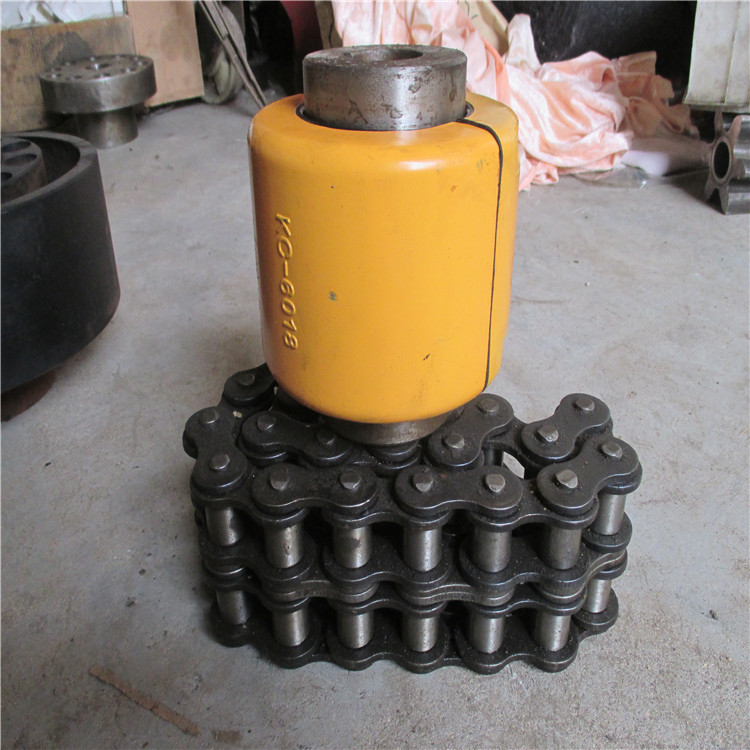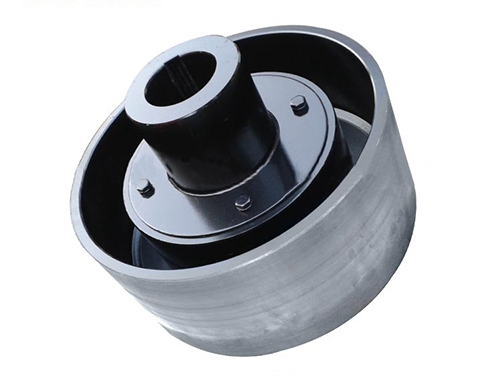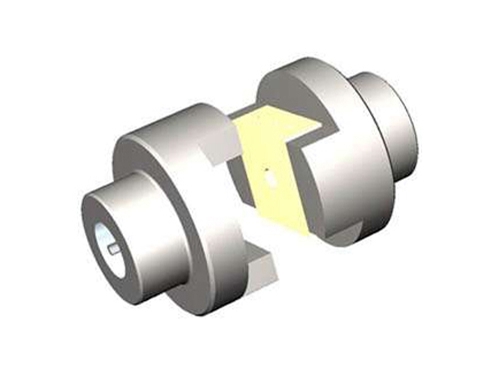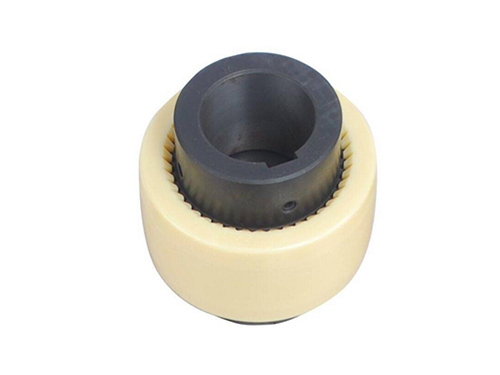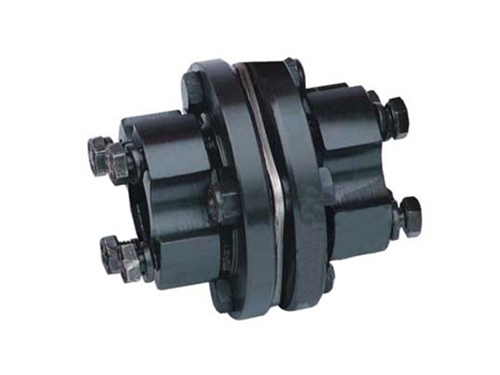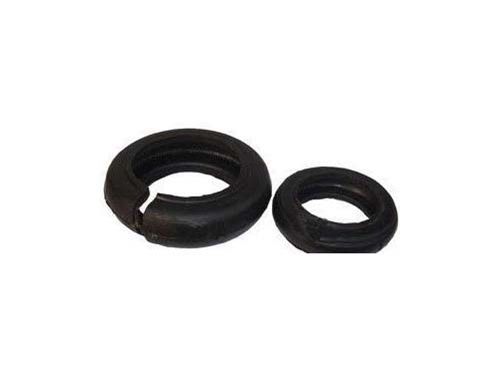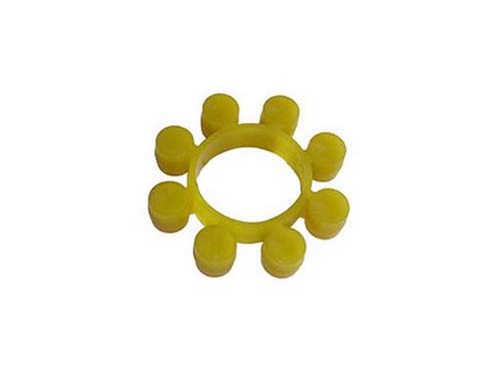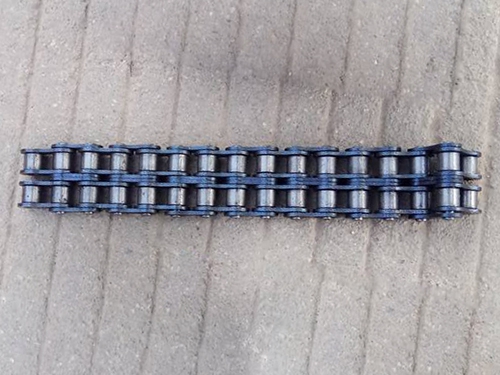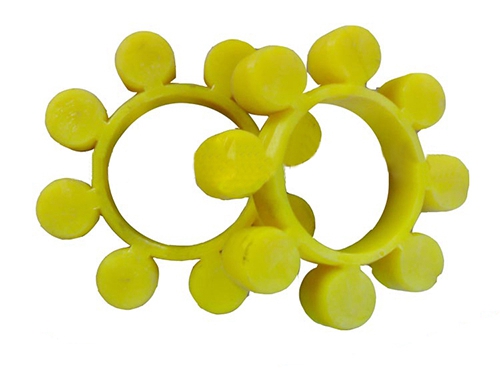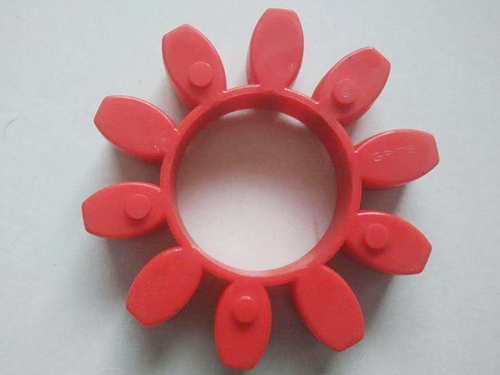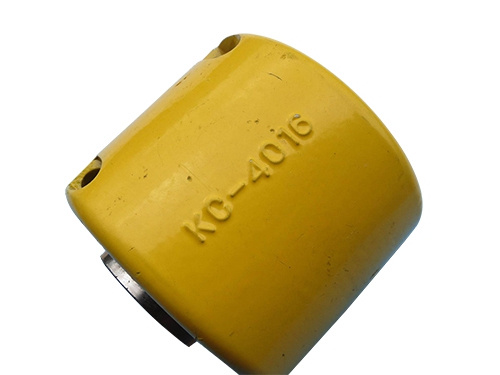The structure and working principle of tire coupling
 Published: 2017-12-15
Published: 2017-12-15Tire couplings are divided into two categories: convex and concave. The convex is divided into three types: integral with frame, integral without bone and radial incision.Their common feature is that the tire ring is bolted to connect the two halves of the coupling to realize the connection of the two shafts.The inner side of the tire ring is bonded to the steel frame by a vulcanization method, and the bolt holes on the frame are welded with nuts.When assembling, bolts are used to connect the flanges of the two halves of the coupling, and the torque is transmitted by the friction generated between the tire and the flange end surface by tightening the bolts. The torsional shear deformation of the tire ring occurs when the tire ring is working, so the tire coupling It has high elasticity, the ability to compensate the relative displacement of the two shafts is large, and it has good damping, and the structure is simple, does not require lubrication, and is relatively convenient for assembly and disassembly and maintenance.The disadvantage is that the bearing capacity is not high and the external dimension is large. As the relative torsion angle of the two shafts increases, the tire shape is twisted, and the axial dimension is slightly reduced, which will generate a large additional axial force on the two shafts. Increase the bearing load and reduce the life.When the tire coupling is running at high speed, the centrifugal force of the outer edge of the tire expands outward, which will further increase the additional axial force.For this reason, measures should be taken when installing the coupling to make the direction of stress in the tire opposite to the direction of stress generated during work to offset part of the additional axial force and achieve the working conditions of the coupling and the two bearings.
The tire coupling is a highly elastic coupling with good shock absorption and excellent performance of offset compensation between shafts. The working temperature is -20~80 degrees Celsius, and the transmission torque is 10~20000N.M. It is suitable for humidity. , Dusty, shock, vibration, variable forward and reverse and frequent starting working conditions, and easy to disassemble and assemble, because the elastic element is an integral tire body, it is convenient to disassemble and maintain, does not need lubrication, and is durable.
The standard half-coupling structure is K type, which can no longer be marked in the display.
Popular products
Product

Copyright © 2017-2018 Hengli Transmission All Right Reserved.


